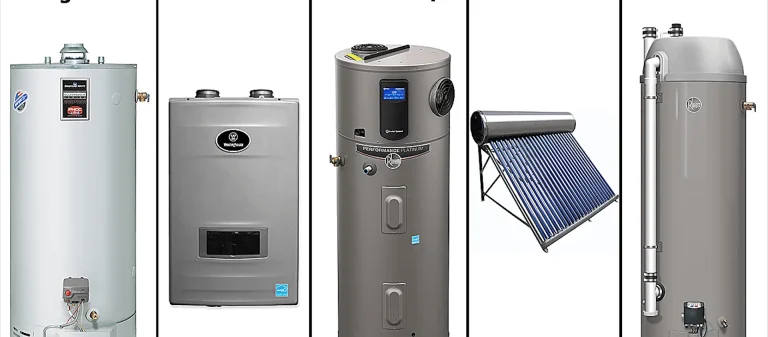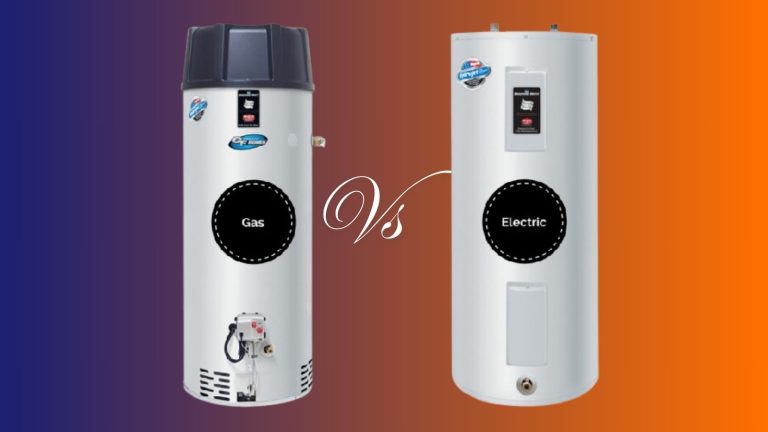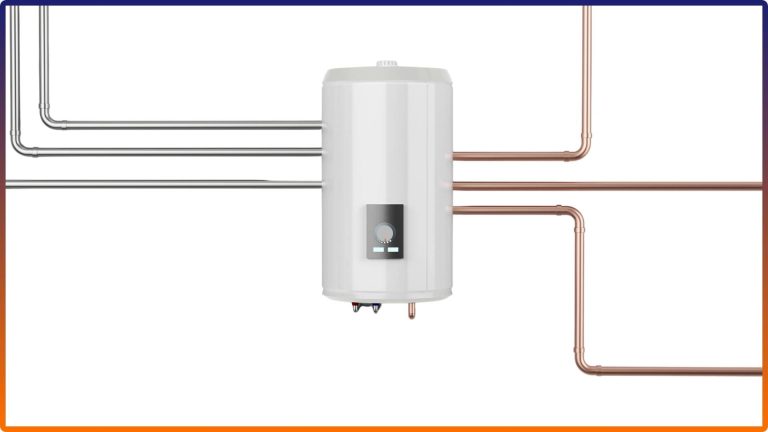9 Easy Water Heater Maintenance Tips for Homeowners
Regular maintenance for your water heater increases the efficiency of your appliance, reduces costly breakdowns, and increases the lifespan of your appliance. No matter if you have a gas water heater, an electric water heater, or a tankless model, this complete Water heater guide to maintenance will help keep your hot water supply efficiently.
What Is Water Heater Maintenance and Why Is It Essential for Hot Water?
Maintenance for your water heater includes a range of regular preventative maintenance tasks to ensure that your water heater operates effectively. Because water heaters are heating water constantly, they are subject to continual wear. In the absence of proper maintenance for your water heater, the accumulation of sediment and corrosion, as well as component failures, can decrease the efficiency of the water heater.
Suppose you can perform regular tasks to maintain your water heater. In that case, you can avoid typical issues with water heaters, such as the issue of running out of hot water or overusing energy. Every year, maintenance is essential to keep the performance of your water heater and prolongs the lifespan of your water heater.
Maintenance for your water heater doesn’t only have to be about maintaining the appliance; it’s about providing your home with security and comfort. If a heater is not maintained, it can break, leak, or even create an ignition hazard. Regular maintenance will increase the efficiency of your water heater and give you peace of mind.
How Often Should You Perform Annual Water Heater Maintenance?
The annual water heater maintenance is recommended, although houses with hard water might require maintenance every six months. Regularly scheduled maintenance on your water heater ensures that water sludge doesn’t block your lines or harm internal components.
Maintenance of a tankless water heater is different. The systems must be cleaned annually as part of DIY preventative maintenance of the water heater to stop the buildup of mineral deposits that could reduce flow and harm heating elements.
It’s essential to develop a water heater maintenance checklist to keep track of the maintenance. Make a note of your calendar or utilize an app that reminds you to plan cleaning and inspection tasks to maintain a water heater. The habit of doing this regularly can prolong the lifespan of your water heater and help keep hot water flowing all year round.
How to Flush the Tank and Perform Basic Maintenance?
Understanding how you can flush the water heater is vital. It removes the buildup of sediment at the bottom of your tank, particularly in areas that have hard water. It can also block water lines, which can reduce the efficiency of your water heater.
The steps for flushing the tank
- Shut off the power or gas to the water heater.
- Turn off any cold water source to the tank.
- Connect a hose to the drain valve.
- Remove the water from the tank.
- Inlet the cold water for a few seconds to flush out any obstructions.
- Shut off the valve for draining, then disconnect the hose and turn on the water.
Repeat this procedure once or twice per year. Allow the water to cool prior to beginning to prevent injury. A properly flushed system helps to lower the amount of sediment that builds up and also maintains your system’s performance.
What Are Common Water Heater Issues That Require Maintenance?
Here are some signs that your water heater could require attention:
- The sound of popping or rumbling.
- The water is cloudy or rusty.
- Water pooling at the bottom may indicate a need to drain the water from your water heater tank.
- Hot water is not always consistent.
These signs indicate problems such as the buildup of sediment, a damaged anode rod, and internal corrosion, which can affect your water heater tank. Identifying these issues early as part of routine maintenance for your water heater will prolong the lifespan of the water heater and also avoid expensive repairs.
Why Replacing the Anode Rod Is Critical?
The anode rod is essential to prevent rust from forming inside the tank of a water heater. It attracts elements that are corrosive and protects the tank from deterioration. Replace it once every 3-5 years or earlier if worn out to ensure your water heater tank functions properly.
If not taken care of If not taken care of, the tank could be rusty and fail early. Pick an anode rod that depends on the type of water you have (magnesium to soften water and aluminum/zinc to deal with tough water) for optimal water heater maintenance. Be sure to test it in your annual maintenance schedule.
Tankless Heater Maintenance: What to Know?
Tankless heater maintenance requires flushing to avoid the buildup of scale and to drain the water properly. Utilize a descaling product annually to clean the internal parts. Also, make sure to check the intake screen to ensure that the vents are clean for gas or electricity models.
These steps are vital to maintain effectiveness. Make sure to shut off electricity or gas prior to performing maintenance. Follow the instructions of the manufacturer to prevent damaging your device.
How to Perform Electric Water Heater Maintenance Safely?
The maintenance of your electric water heater starts by turning off the power at the breaker. After turning off the power:
- The tank should be flushed.
- Examine the anode rod.
- Test thermostats and other elements.
Allow the water to cool before you do anything. Also, check the wiring and insulation. If you notice corrosion or wear, call an engineer. Security is a must when working using electricity.
How to Maintain a Gas Water Heater?
Start by shutting off the fuel. Then:
- Make sure the burner and pilot are checked.
- Cleanse the Air intake.
- Check the system of venting.
Maintaining your gas water heater properly minimizes the risk of carbon monoxide accumulation. Make sure you have adequate ventilation and put CO detectors nearby to increase the security.
Why the Drain Valve Matters?
The drain valve allows you to get rid of sediment and water out of the tanks. Check it every year to maintain a water heater effectively. If it is leaking or stuck, you should replace it in order to ensure a smooth flush during maintenance.
Without a functioning valve, the sediment will build up, which can reduce efficiency and cause internal damage to the. Maintain this component in order to keep your water heater operating efficiently.
When Should You Replace the Water Heater?
A replacement may be required if:
- If it’s more than 10 years old, it may be time to service your water heater.
- The hot water looks rusty.
- There are many breakdowns.
- The cost of energy is rising.
Look into the possibility of a new model in case maintenance does not improve efficiency. Pick a model based on your household size, along with energy type, as well as efficiency rating. Tankless options can provide long-term savings and reduce your water heater’s energy consumption.
Why Proper Water Heater Maintenance Matters
If you own a tank or a tankless system, the following water heater maintenance manual will ensure an efficient, safe, and dependable performance. Regular water heater maintenance helps save you money by improving your water heater’s energy efficiency.
Summary: Water Heater Maintenance Checklist
- Make sure to do annual maintenance or periodic checks for hard water.
- Remove the sediment from the tank.
- Replace and inspect the rod for anode replacement.
- Check your drain valve.
- Descaling tankless water heaters.
- Check for any signs of damage or failure.
- Use CO detectors near gas units.
- Replace your heater if its efficiency drops.
- Allow water to cool prior to starting work.
- Turn off the gas or electric prior to the time.
A regular maintenance program for your water heater can help to avoid problems, increase efficiency, reduce your water heater’s energy consumption, and also reduce your costs in the long run.



